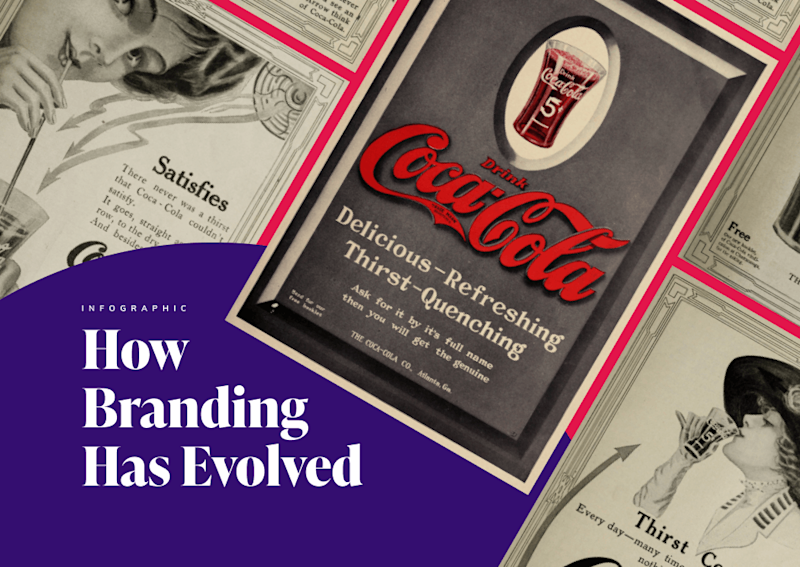When it comes to the brand funnel, there are a few key definitions that all brand managers should be familiar with.
Brand awareness is an easy one to start off with. How familiar is your target audience with your brand? Simple.
However, as the funnel continues on, it gets a bit more complicated.
Although brand consideration and brand preference sound quite similar, they actually represent very different levels in your customer journeys and brand marketing funnel.
And while many brand managers pour most of their resources and budget into increasing their brand awareness, is there something to be said for focusing more of your efforts on the center of your brand funnel?
This article will take a closer look at the two terms and discuss the importance of shifting focus further into your funnel.
What is Brand Consideration?
The traditional brand funnel consists of four levels: awareness, consideration, preference, and usage.
As previously mentioned, brand awareness has to do with how familiar your target audience is with your brand. Do they recognize your brand name? Logo? Slogan?
But here’s where the “funnel” part comes in. Those who are aware of your brand are only a certain percentage of the total amount surveyed — be it the general population or a more customized target audience.
Now, from the percentage that knows about your brand, who would consider using it? This is the next step in the funnel — it makes sense that people have to be aware of a brand to consider using it.
Brand consideration is shaped by consumer experience with your brand and evolves along with the consumer relationship. From brand messaging and values to actual experience, many aspects are influencing consumer brand consideration levels.
Additionally, brand consideration is an ever-changing metric and one that is highly dependent on brand experience meeting expectations. Plus, it’s influenced by your industry and market.
For example, a brand in an oversaturated market with hundreds of competitors will have a harder time amassing brand consideration than a niche brand with just a handful of competitors.
Therefore, increasing brand awareness might not naturally lead to an increase in brand consideration for companies in larger, more competitive markets. Instead, they should focus on increasing brand awareness only with their target audiences and improving their brand value, brand understanding, positioning, and consistency.
To give an example — in a survey, a brand consideration question could look like this:
“Of the ten travel brands you are aware of, which one(s) would you consider using?”
“Of the seven vegan food brands you’re aware of, which one(s) would you consider purchasing from?”
While consideration is definitely a step in the right direction, the ultimate goal for all brands should be usage.
However, to get to brand usage, you still have to pass brand preference, which is up next on the docket.
What is Brand Preference?
After brand consideration, brand preference is the next step in the brand funnel.
Similar to its predecessor, the percentage of people who prefer your brand has to come out of the percentage that would consider using your brand. Therefore, the percentages will continue to drop as the funnel continues.
But what sets consideration and preference apart?
While those who consider using your brand are somewhat wishy-washy in their feelings towards your brand, those who prefer your brand are more resolute in their feelings.
When looking at a list of brands offering similar products and services to your own, brand preference is defined as those who would prefer to use your brand over the competition.
Brand preference is influenced by many factors, such as brand associations and loyalty.
How does your target audience feel about your brand? Do they have positive associations? And when it comes to how loyal they are to a brand, do they choose you over the competition regularly?
Positive associations and strong brand loyalty both do their part to increase brand preference and, therefore, brand usage.
To provide an example, a brand preference question might look like this:
“Of the list of five cosmetics brands that you would consider using, which one(s) do you prefer using?”
Again, this is not a done deal, but it’s a step closer to your final goal. After all, the more consumers who prefer your brand, the bigger chance you have to turn them into active customers.
How Can I Improve My Brands’ Consideration & Preference Levels in 2022?
When it comes to brand awareness, most brand managers know the ropes.
To increase your brand awareness focus on targeted brand campaigns, high-quality content, top-notch SEO, and strategic partnerships with industry influencers.
Easy.
But when it comes to consideration and preference, consumers are a bit harder to convince. As previously discussed, brand consideration has a lot to do with your brand positioning, value, and messaging — as well as offering a consistently good experience.
How you communicate with customers and potential customers is incredibly important — and it plays a large role in their levels of brand consideration. So keep your communication consistently impressive across all touchpoints and your brand value high.
But what about brand preference? How can you increase this metric?
Like brand consideration, increasing brand preference will require brands to focus on creating a consistently excellent experience for consumers. You prefer brands that deliver impressive results and products on a regular basis.
It also helps to conduct extensive market research, as the better you know your target audiences’ needs and motivations, the easier it will be to appeal to them through your messaging.
Furthermore, increasing and improving your brand engagement can have a positive impact on your brand preference levels. From customized email marketing campaigns to fun, engaging social media, customers respond more positively to brands that actively engage with them in personalized, interesting ways.
Reconsider Your Funnel Focus
According to a study by Forrester, many brands spend far too much money on brand awareness and should instead focus spend on the center of the funnel — consideration and preference.
While more traditional advertising via newspapers, TV, and outdoor ads is great for brand awareness, to improve the center of the funnel, brands need to keep in mind that consumers respond well to different things — such as peer recommendations, internet reviews, and in-store information.
Therefore, finding ways to incentivize customers to recommend friends or write positive online reviews can help increase your brand consideration and preference levels.
And if you have physical stores, make sure you focus on the in-store experience. From rigorous employee training to creating a pleasant environment, ensure consumers feel welcomed, valued, and important.
Final Thoughts
The brand funnel is an integral part of any brand marketing strategy, and understanding how it all fits together is vital.
But it’s also important to consider how much time, money, and effort to put into each stage of the funnel.
While it makes sense for unknown startups to pour a majority of their funds into brand awareness, for more established mid-sized brands, it may be time to reassess your brand strategy and focus more on the funnel’s center.
For those who want to learn more, check out our previous article for a deeper look into brand funnels and how they can be used to help brands grow.






